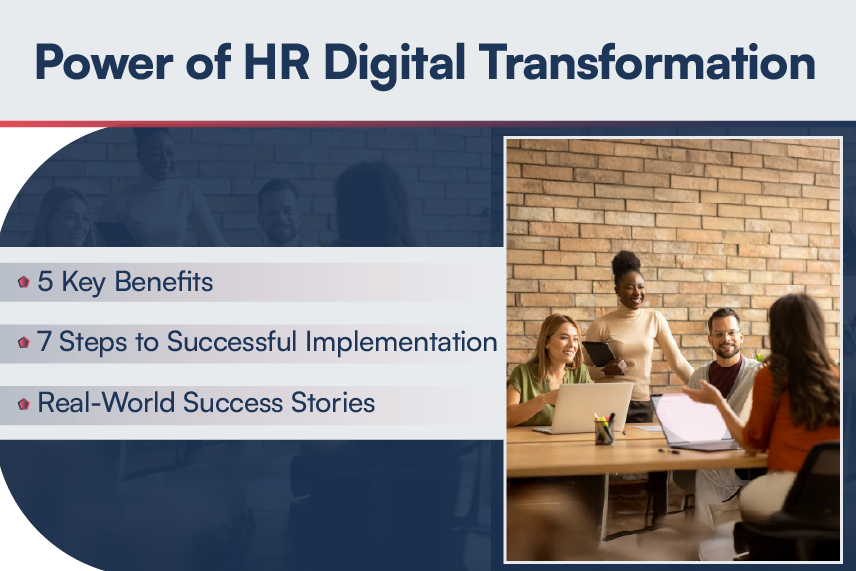
If students graduating from college don’t have the right academic pedigree, high GPA, or even the right major, it becomes very difficult for them to land jobs. This is despite the fact that they may be smart, hardworking, and have the requisite skills. Even with the right pedigree, choosing the right career isn’t always easy, given the fact that there are very few opportunities available for career exploration.
On the other hand, organizations too often struggle to decide whom to interview and ultimately hire. Employability is a major factor that most organizations look for in candidates. This is where the concept of micro-internship comes into action.
What are micro-internships?
Micro-internships are short-term, project-based, professional assignments that offer great opportunities for career exploration for students as well as recent graduates. These projects help students and graduates gain the much-needed skills, build a network with future employers or alumni, and explore avenues for their own careers.
“Micro-internships offer great learning opportunities as students and graduates get hands-on training in their areas of interest. The biggest advantage of micro-internships is the duration. Micro-internships can range from a few weeks to a few hours and can take place throughout the year.”
The format of micro-internships may vary, depending on the field and the kind of work that it entails. Many universities and organizations also tie up with platforms such as Parker Dewey to allow students and those interested to opt for micro-internships in their area of interest.
Difference between traditional internships and micro-internships
Experts say internships have their roots in the professional apprenticeships that were initiated by the trade guilds of Europe in the 11th or 12th Centuries. Young learners were hired by tradesmen and master craftsmen who gave them menial tasks. For most of their teen years, apprentices served only one master. Post this, they would graduate as journeymen, allowing them to earn better wages. However, most often, they chose to continue with the same masters.
Reginald Bray’s ‘Labor and Apprenticeship,’ a 1911 book, contains a section that focuses on key objectives of the apprenticeship system: training, supervision, and filling job openings. There are key differences, although it sounds a lot like today’s internships.
Micro-internships are different from traditional internships, externships, and other projects, given the inherent flexibility they offer. Unlike micro-internships, the other formats must be scheduled around the academic calendar and thus need to be properly planned. On the other hand, students and graduates are free to take up micro-internships at any time based on their availability and schedule.
Micro-internships are also low risk, as they have proven to be effective means for organizations to recruit future employees. The assignments allow these organizations to see their future employees in action. The short-term, professional assignments are paid and thus are valuable for students and graduates, who get to make money with their skills besides being able to explore career options.

Micro-internships bring several benefits
Micro-internships benefit both employers and students. Some of the advantages are:
Short duration: Given that micro-internships span no longer than four weeks and are available throughout the year, students and graduates can complete as many micro-internships as they want, picking up industry-relevant skills along the way.
Career exploration: Through micro-internships, students and new graduates can explore careers in diverse sectors. Micro-internships also give them a chance to work with different teams, besides allowing them to learn about the importance of diversity and representation.
Easy college-to-career transition: Apart from adding weightage to the resume, micro-internships provide students and new graduates the opportunity to build their network and work portfolio. They also allow employers to choose the best candidates.
Remuneration and academic credits: Most micro-internships are paid, and students typically receive a fixed remuneration that could be up to $25 per hour. Students who opt for these micro-internship programs can also gain academic credits in some cases.
Diverse talent pool: For employers, micro-internship programs help with picking candidates who are best suited for their organization from a diverse pool of talent. Employers need not necessarily visit the best schools to hire talent.
Reduced attrition: Micro-internships help employers diversify their employee pipeline, reduce attrition, and forge relationships with young talent in a short duration. Employers get to see firsthand the candidates’ work ethic and skills, which can help them arrest attrition rates. Given the inherent benefits, many organizations have made micro-internships part of their hiring strategy.

Impact of micro-internships
According to an analysis by Parker Dewey, micro-internships have had a major impact on students’ perception of their own career readiness. The survey was based on the framework defined by the NACE Career Readiness Competencies in 2020.
98.1% of respondents claimed they had either improved or built confidence in at least one competency, while 81.9% stated they had improved in three or more competencies, and 49.5% reported improvement across all eight competencies, viz. Career and Self-Development, Communication, Critical Thinking, Equity and Inclusion, Leadership, Professionalism, Teamwork, and Technology.
Micro-internships are here to stay
Given the many benefits micro-internships have to offer for both students/graduates and organizations, it is no wonder that they are gaining popularity. Many universities have joined hands with organizations to offer a wide array of opportunities for students in diverse industries.
So much so that micro-internships have come to complement traditional internships and campus recruitment programs, as organizations are choosing their future employees from among those who have completed a micro-internship program. Thus, micro-internships are not just flexible, accessible, and paid, they are also designed in a way to fit into the students’ lifestyle.
End Note
If you would like to learn more about micro-internships and their role in education and workforce development, contact a Harbinger EdTech expert at contact@harbingergroup.com.






